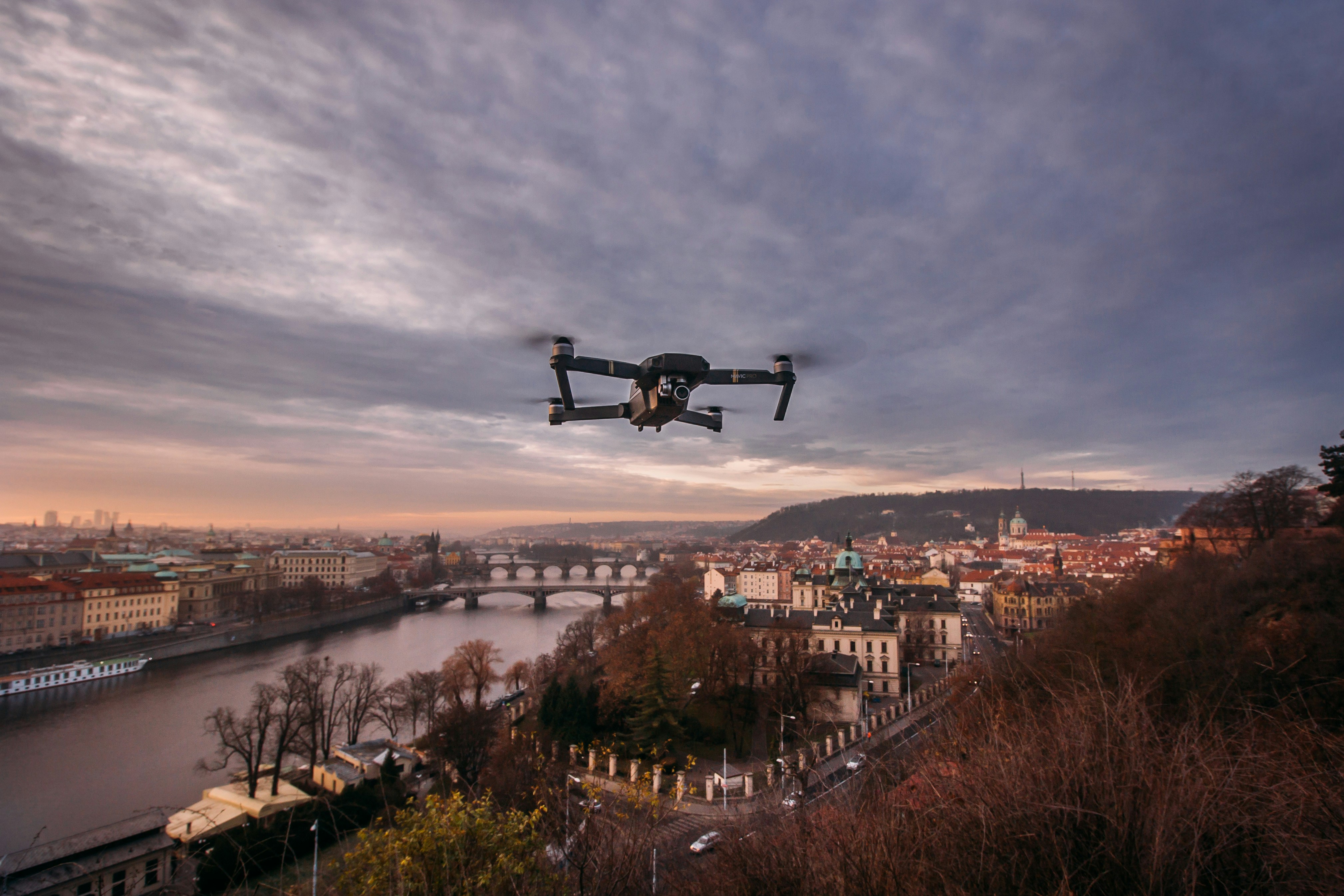At Northrop Grumman, our employees have incredible opportunities to work on revolutionary systems that impact people's lives around the world today, and for generations to come. Our pioneering and inventive spirit has enabled us to be at the forefront of many technological advancements in our nation's history - from the first flight across the Atlantic Ocean, to stealth bombers, to landing on the moon. We look for people who have bold new ideas, courage and a pioneering spirit to join forces to invent the future, and have fun along the way. Our culture thrives on intellectual curiosity, cognitive diversity and bringing your whole self to work - and we have an insatiable drive to do what others think is impossible. Our employees are not only part of history, they're making history.
Analyzes aerial and ground permanent record imagery developed by a photographic and electronic means, and plans and recommends the use of all ground and aerial sensor systems for surveillance and reconnaissance missions. Utilizes principles and techniques of photogrammetry and employs electronic, mechanical, and optical devices to obtain information from permanent record images. Obtains intelligence by studying and analyzing imagery produced by aerial sensor systems. Determines target coordinates for accurate location of imagery analysis findings. Prepares imagery analysis reports and products.
This position is to perform SME tasks at various different jobs and locations. Responsibilities include OCONUS - Image Analyst, Forward Facing lead, Site Lead and Back-up Mission Coordinator, Back-up technical FSR.
- Support all OCONUS and CONUS military operations, Liaison between theater operations and program, Lead Trainer for Military and NG IAs, Mission Commander, Lead Image Analyst.
- Consult Operation Manager, Program Manager and Functional Management to assure homeroom and Program's expectations and goals.
- Must have a strong and positive working relationship and the ability to continuously collaborate with skilled and understandable communication.
- Must have the ability to pass medical Army requirements for deploying to OCONUS combat regions.
- Act as OCONUS Image analyst and support of the STARLite program. In charge of day-to-day operations of a Process, Exploitation, and Dissemination (PED) Cell for the STARLite MTI sensor.
- Support the team of Imagery Analysts in support of Army Gray Eagle UAS operations tasked with supporting military operations in Iraq.
- Coordinate with customer leadership and platform crew members to meet mission requirements set forth by various military units conducting operations through the Area of Operation.
- Conduct briefs and educate military leadership on sensor and PED capabilities.
- Resolve operational issues in Iraq with the Gray Eagle drone community and NG Intel Processing, Exploitation and Dissemination (PED). Normal operations would consist of how to optimize the system to accomplish critical downrange missions and producing high quality Imagery products. Lead the team in creating new and better techniques for creating innovative never seen Imagery products.
- Use extensive network in the Intel community to develop and win new business for the STARLite PED team.
- The forward-facing team lead will arrange a small team to move to a forward site ahead of any team efforts. They will assure we can meet the guidelines and requirements of the upcoming event. Additionally, they will assure the proper team is assembled to perform the required tasks. The lead and team will make sure all connectivity and data are flowing into and out of the required test locations. The forward-facing lead will also take a small team to negotiate test and training events. They will engage with the customer to determine scope and costs of the requested tasking.
Basic Qualifications:
- 5 Years of Experience with bachelor's in science; 3 Years with Masters; additional 4 years of experience could be substituted in lieu of a degree.
- US Citizen required.
- Active Secret Security Clearance.
- Familiar with MOVINT, Google Earth, Socet- GXP.
Preferred Qualifications:
- Direct STARLite imagery experience in Iraq theatre.
- Active Top-Secret Clearance.
Salary Range:$88,700 - $133,100
The above salary range represents a general guideline; however, Northrop Grumman considers a number of factors when determining base salary offers such as the scope and responsibilities of the position and the candidate's experience, education, skills and current market conditions.
Employees may be eligible for a discretionary bonus in addition to base pay. Annual bonuses are designed to reward individual contributions as well as allow employees to share in company results. Employees in Vice President or Director positions may be eligible for Long Term Incentives. In addition, Northrop Grumman provides a variety of benefits including health insurance coverage, life and disability insurance, savings plan, Company paid holidays and paid time off (PTO) for vacation and/or personal business.
The application period for the job is estimated to be 20 days from the job posting date. However, this timeline may be shortened or extended depending on business needs and the availability of qualified candidates.
Northrop Grumman is committed to hiring and retaining a diverse workforce. We are proud to be an Equal Opportunity/Affirmative Action Employer, making decisions without regard to race, color, religion, creed, sex, sexual orientation, gender identity, marital status, national origin, age, veteran status, disability, or any other protected class. For our complete EEO/AA and Pay Transparency statement, please visithttp://www.northropgrumman.com/EEO. U.S. Citizenship is required for all positions with a government clearance and certain other restricted positions.
#J-18808-Ljbffr


